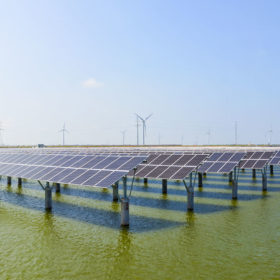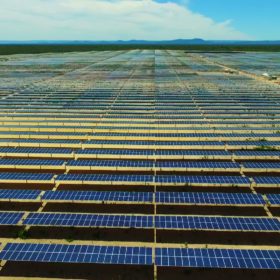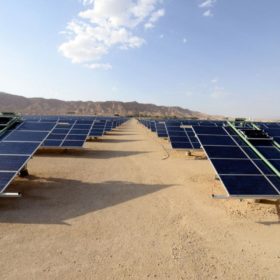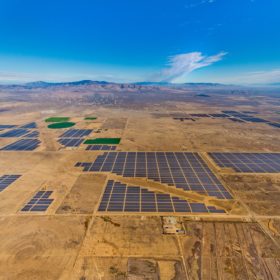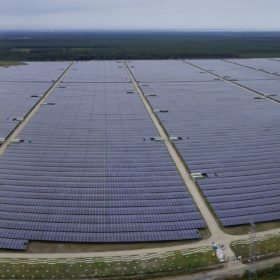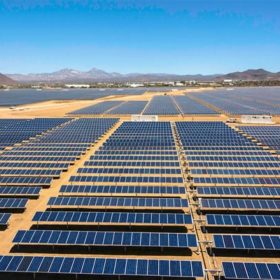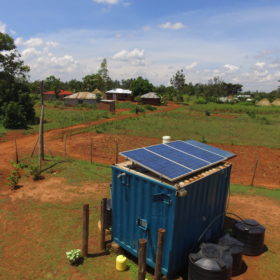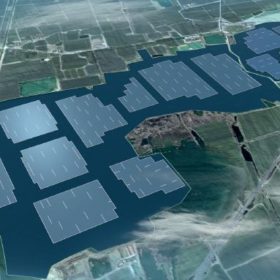Energy Watch Group: 100% renewable electricity is both feasible and cost effective
A joint study by Finland’s Lappeenranta University of Technology and Energy Watch Group presented on the sidelines of the COP23 talks in Bonn demonstrates that a global transition to 100% renewable electricity could be achieved by 2050, and would be more cost effective than the current electricity system.
Clean energy investment by non-OECD countries fell $40bn in 2016, but developed nations also slacking, finds BNEF
While China accounted for three-quarters of the investment reduction in clean energy in 2016, other non-OECD countries spent 25% less on renewables last year compared to 2015, according to BNEF and Climatescope data. 2009’s Copenhagen pledge by richer countries to support developing world also falling short.
Digital technologies in energy to reach to $64 bn by 2025, BNEF reports
Energy innovations will be centered on digital technologies and the strategic use of data, with focus shifting from fossil fuel operation and maintenance to distributed renewables and the connected home, reads a BNEF report, adding that the market size for digital technology in energy will grow to $64 billion by 2025.
COP23 climate talks aim to take measurable steps towards Paris Agreement, says UN
Meeting in Bonn should create an ‘operating manual’ for implementing the actions agreed upon at COP21 in Paris in 2015, says the UN.
5 questions for the Section 201 trade case
In this analytical piece, IHS Markit takes a look at the potential effects of the Section 201 case, both in the United States and globally.
Interview: keys to durability, and why it counts
From cost-per-watt on day one to output over 25 – 30 years: The understanding of value in the PV sector has begun to shift. Dow Chemical’s Brian Habersberger spoke to pv magazine about the materials helping inform and drive the transition.
SolarPower Europe: Global solar market to reach 100 GW in 2017
The latest market analysis from industry body SolarPower Europe predicts that global PV demand will reach the 100-gigawatt mark for the first time in 2017.
Global solar market to grow 30% and reach close to 100 GW this year, says Bernreuter Research
The German-based analyst and polysilicon specialist believes that newly installed solar PV capacity will hit 95 GW in 2017 and could hit 100 GW. Polysilicon spot prices set to fall by end of year.
Off-grid solar has saved $5bn in energy spending since 2010, finds World Bank Group, GOGLA report
Despite 7% lower product sales, the latest global Off-grid solar market report from the World Bank Group reveals that market is thriving. However, industry needs to move quicker if it is to achieve global 2030 universal energy access goal.
Interview: Floating PV is poised to make a splash, says SERIS
At the recent PV Taiwan event, pv magazine caught up with Lu Zhao, head of PV System Technology Group at the Solar Energy Research Institute of Singapore (SERIS) to discuss the current potential of floating PV applications, and examine how hydropower coupled with floating solar could become a world-leading energy sector.
